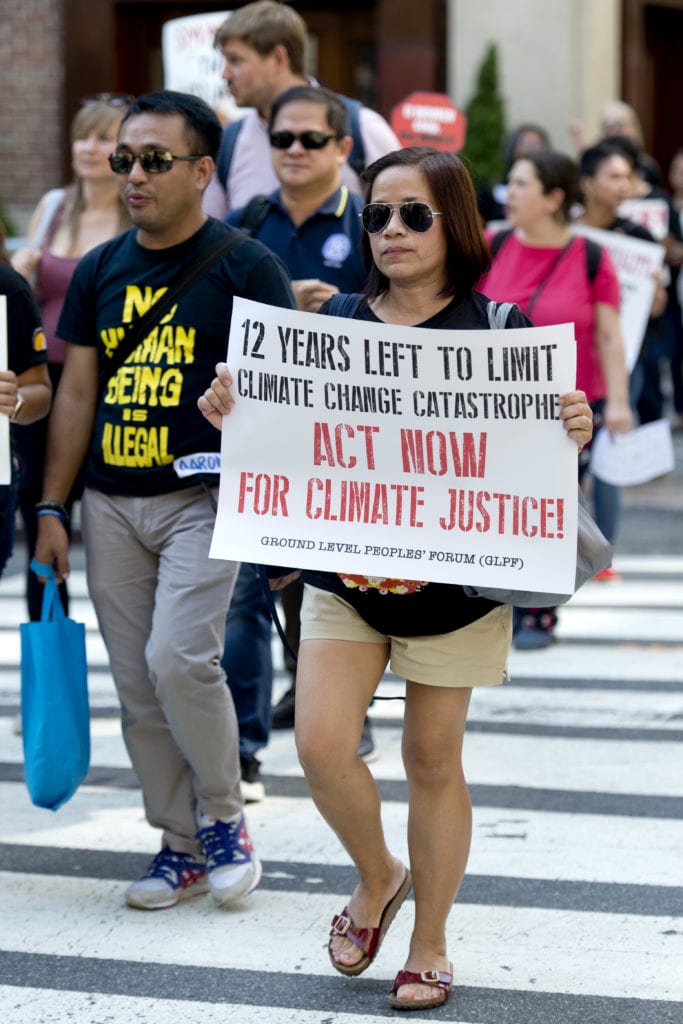Today, Sen. Bernie Sanders released the framework for his Green New Deal plan. Not surprisingly, it’s ambitious and far-reaching, as any comprehensive climate plan must be. We’re still digesting it, but I’m particularly excited to see that the plan acknowledges that U.S. climate policy must be understood in a global context.
The plan uses our framing around “fair shares,” with a key objective of the plan being:
“Meeting and exceeding our fair share of global emissions reductions. The United States has for over a century spewed carbon pollution emissions into the atmosphere in order to gain economic standing in the world. Therefore, we have an outsized obligation to help less industrialized nations meet their targets while improving quality of life.”
It’s absolutely crucial for us to understand that climate action in the U.S. is part of a broader picture of climate action globally – and that as a rich country, we have a huge responsibility to solve the problem we’ve made. This has been missing from many discussions about the Green New Deal or about U.S. climate action in general.
Of course, this also has to be taken in the context of huge and worsening inequalities within our country, so that it’s elites that are paying the cost of climate action and not those who are poorest and most marginalized. This understanding of equity is built into the Green New Deal and carried forward in many ways in Sanders’ plan.
In addition, the Sanders plan calls for a $200 billion contribution to the Green Climate Fund, the key multilateral institution for poorer countries to access funds for climate action. Though the time frame for such a contribution is left unspecified, this is the first time that I know of that anyone has talked about a climate finance contribution from a single country at a scale that’s more than just a drop in the bucket. This is a level of funding that could meaningfully support just transitions in developing countries, as well as support communities in adapting to the devastating climate impacts that are already happening.
Finally, I’m encouraged by the redirection of the phrase “American leadership” – which historically has been bad news for international climate action. It was the U.S. that weakened the world’s first international climate agreement, the Kyoto Protocol, and then refused to sign on to it even then. And it was the U.S. that led the charge to water down the international climate regime so that the Paris Agreement became the largely toothless and symbolic thing that it is – even before the Trump Administration chose to pull out.
Yet for better or worse, the U.S. does play an outsized role on the world stage. Sanders’ intent to use this “leadership” to redirect resources away from war and conflict towards a shared effort to solve the climate crisis and build a better world, recognizing and taking responsibility for the outsized role the U.S. has played in creating the climate crisis, is an encouraging first step towards a foreign policy that is not premised on U.S. exceptionalism.
So while we’re still digesting the full scope of the Sanders Green New Deal plan, we’re encouraged by the focus on internationalism and global justice – which must be at the core of U.S. climate action if we’re to achieve our dream of a just and sustainable world.

